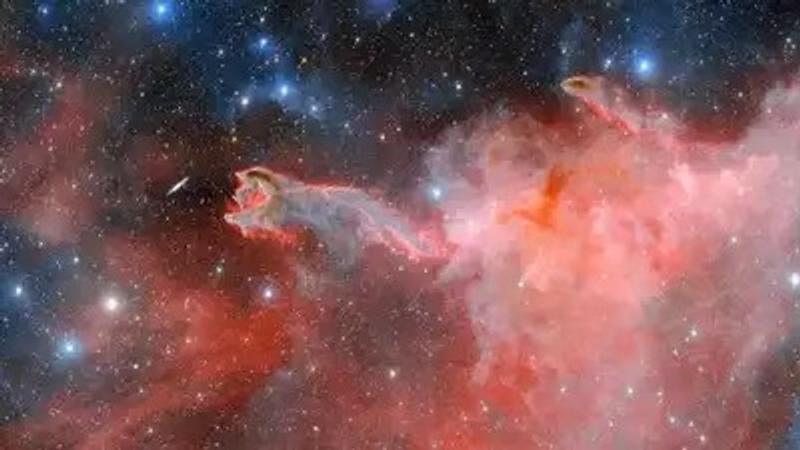Published 15:05 IST, May 14th 2024
"God's Hand" Captured by Chilean Telescope Offers Glimpse into Cosmic Majesty
The latest marvel in cosmic exploration comes in the form of an image so captivating that it has been affectionately named "God's Hand."

The ghostly God's Hand globule which was captured by the Dark Energy Camera (DECam) | Image:
CTIO/NOIRLab/DOE/NSF/AURA
- Listen to this article
- 3 min read
Advertisement
15:05 IST, May 14th 2024



